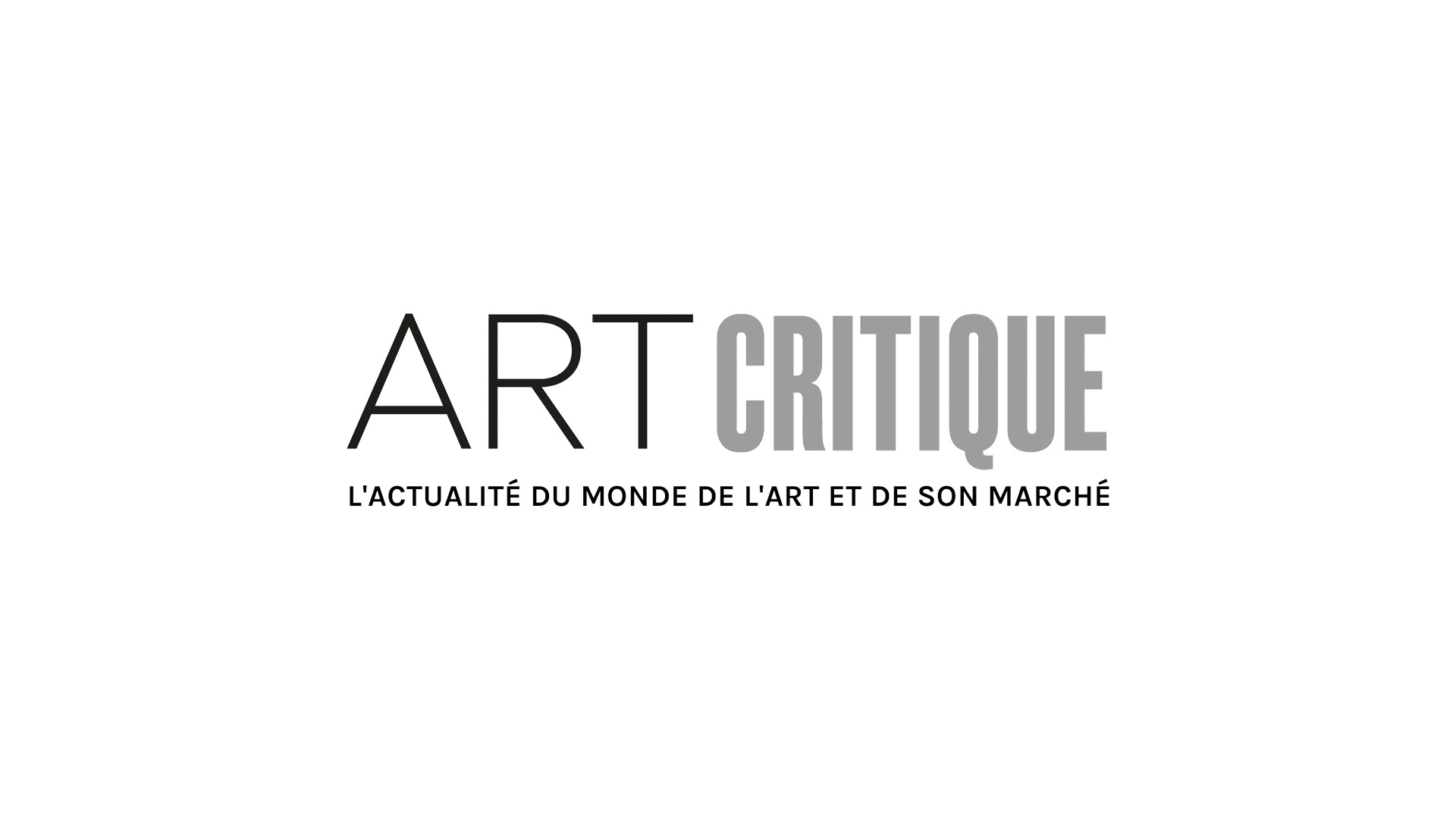As its title indicates, the “Picasso-Rutault: Divergence” exhibit compares two painters with approaches that are so different that to go from one to the other would be an acrobatic feat. The exposition invites us to make this leap between two distinctive artistic techniques but, more importantly, between two periods of painting history.
It was in 1973 that Pablo Picasso’s career came to an end. He was a multi-skilled artist, as witnessed by the many pieces from different disciplines on display in this exhibit including a painting entitled Painter and his model, a collage called Violin and even his work as sculpture represented by Woman with the stroller. Picasso’s prolific work as a painter and an artist can be broken down according to different styles (surrealism, cubism, etc.). He also proved to be a great art scholar with his reinterpretations of The Maids of Honour by Velasquez and Luncheon on the Grass by Manet, but first and foremost he was an artist in sync with his era as demonstrated by his many variations around the theme of the Guernica.
It was also in 1973 that Claude Rutault, while repainting his kitchen, inadvertently uncovered a small painting on the wall that he had forgotten. He then became aware of the relationship between canvases and the surface on which they were displayed and decided to dedicate his artistic career to exploring this connection. From that point forward he stopped painting in the traditional sense of the word, not producing anything but manufacturer and exposition protocols.
Rutault’s first piece called definition/method #1 “canvas per unit” continues the concept he discovered while renovating his kitchen. It was produced according to the following specification: “a stretched canvas painted in the same colour as the wall on which it hangs. All commercially available formats may be used, whether they are rectangular, square, round or oval”.
This first project formed the basis of the Rutault’s approach which consisted of writing and publishing processes called definition/methods, which required collectors and repositories of his work to abide by certain rules. These owners, called “managers”, made a commitment to “update” their goods and to report any changes to the artist. In the case of definition/method #1 “canvas per unit”, the purchaser would be responsible for repainting their wall if they decided to change the colour of the canvas or conversely, repainting the painting itself if they wished to display it on another wall or modify the colour of it’s stand.
 Pablo Picasso, “L’Ombre”.
Pablo Picasso, “L’Ombre”.
Charcoal and oil on canvas.
Vallauris – 1953 – Paris, Musée national Picasso-Paris.
© RMN-Grand Palais / Mathieu Rabeau
© Succession Picasso – Gestion droits d’auteur
The pieces, which are no longer limited to the surface of the canvas but the whole wall, are therefore always evolving and the artistic act does not come from the painter (Rutault did not paint canvases selected by collectors and neither did he supervise their work), his role was more like the inventor of the rules of a game. Yet the works created by Rutault, who defined himself as a painter, spoke only of painting and of the medium’s standards.
It this challenge to the very nature of Rutault’s own painting that the exhibition highlights by contrasting his pieces with those from the Picasso Museum collection.
 Claude Rutault. De-finition/method “full-length self-portrait”, 2011.
Claude Rutault. De-finition/method “full-length self-portrait”, 2011.
Peinture sur toile
168 x 110 cm + 33 x 22 cm
Courtesy Perrotin
© Antoine Cado
The difference in how the works are handled is striking. Picasso’s paintings are finished works with their own subject matter that are dated and signed by the artist, while Rutault’s pieces are plain unsigned canvases. Picasso’s paintings express something about the world around them while Rutault’s are completely self-referential. The former are definitive in their brushwork and the latter are in a constant state of evolution. By comparing the work of a formal painter to those of a conceptual artist, the exhibit reflects two concepts of painting; one where a painting is considered to be an object and another where painting is thought of as a process. Together they demonstrate the flexibility of a perpetually self-renewing medium.






